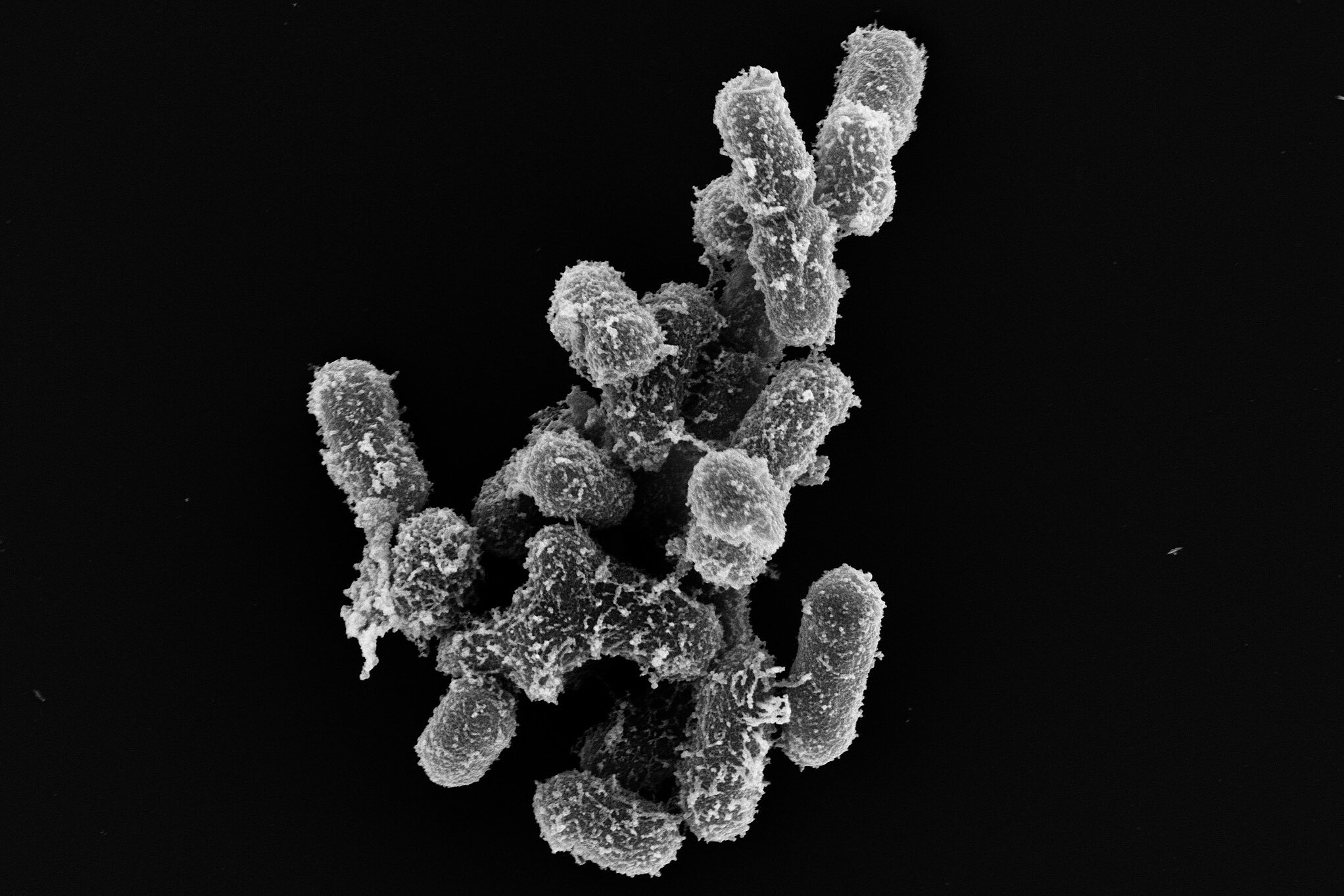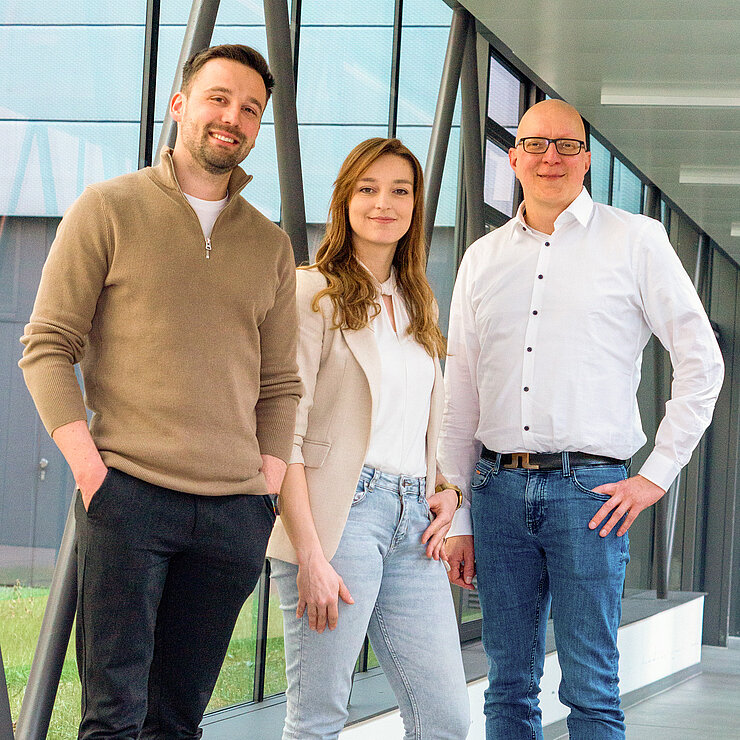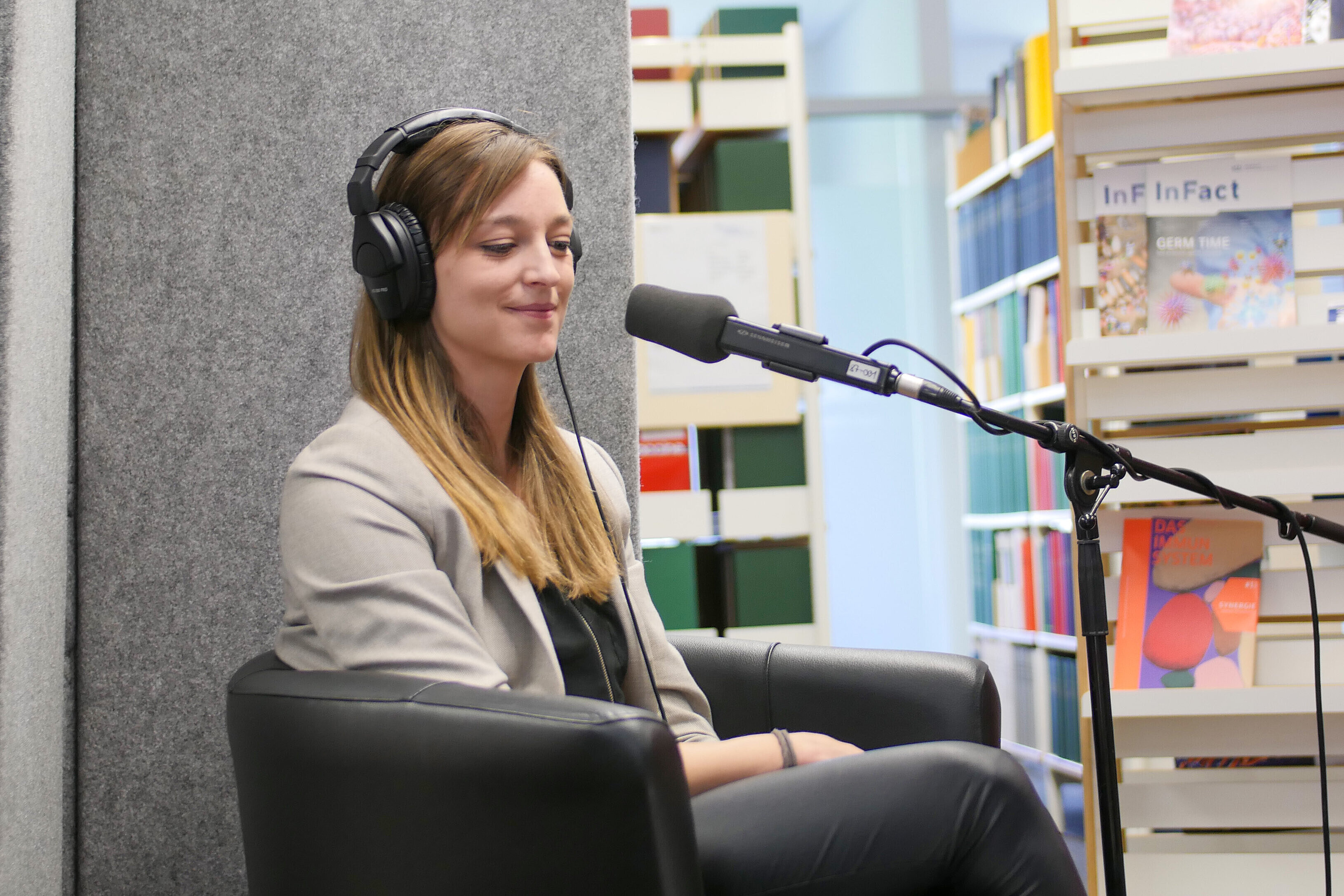The balance of the hundreds of different types of bacteria in the gut can be disrupted by broad-spectrum antibiotics. The protective microbiome can then become a source of infection if pathogenic bacteria colonize niches that have become vacant. “Many infections throughout the body start in the gut. Pathogenic bacteria can form a reservoir there and spread to other organs. For the first time, we want to create a way to eliminate this reservoir before an infection develops by ridding the gut of harmful bacteria,” says Dr Lisa Osbelt-Block, project leader and DZIF scientist who is working as a postdoc in Till Strowig's department. “Instead of developing new antimicrobial substances - which are also indispensable, but always damage parts of the microbiome - we are pursuing a microbiome-based approach.”
In laboratory tests and mouse models, the researchers were able to show that Klebsiella oxytoca can displace various pathogens, such as Salmonella and Klebsiella pneumoniae, from the intestine. Klebsiella pneumoniae alone causes around 800,000 deaths every year, and the pathogen is increasingly resistant to common antibiotics. On the one hand, K. oxytoca targets the same nutrients as the pathogenic bacteria. On the other hand, K. oxytoca alters the gut environment in such a way that the community of beneficial bacteria can recover. This restores the balance in the microbiome.
From the lab bench to the capsule: On the way to clinical application
“A major challenge is that we are developing a living biotherapeutic (LBP),” says Prof. Till Strowig, head of the HZI department “Microbial Immune Regulation”, where the project was developed under the name DeKox. “Unlike probiotics, which are freely available for sale, an LBP is a drug and must be clinically tested and approved as such.” adds Strowig, who is also a group leader in the DZIF research areas “Healthcare-Associated Infections” and “Community-Acquired Infections at Mucosal Interfaces” as well as coordinator of the DZIF bridging topic “Microbiome”. With the help of funding from the DZIF FlexFund, the scientists aim to initially identify the best product candidates for further development. They are also developing processes for the production and quality control of their product. “Our goal is to eventually have a capsule in our hands that contains the freeze-dried bacteria instead of an antibiotic active ingredient. We would then enter the first phase of a clinical trial,” says Osbelt-Block, explaining the aim of the project. In particular, patients with persistent K. pneumoniae colonization due to immunodeficiency may be treated with the LBP later.


![Dr Charlotte Schwenner [Translate to English:] Charlotte Schwenner](/fileadmin/_processed_/6/9/csm_Charlotte_Schwenner_7952cfe0a7.webp)



